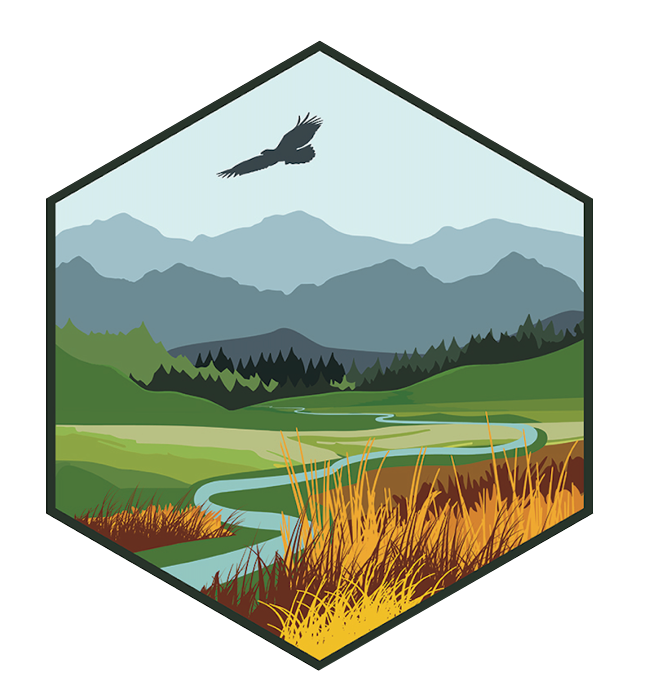USGCRP to Hold Virtual Stakeholder Engagement Workshops to Get Input on NCA5 report
Christy Miller Hesed publishes new paper, "Using cultural consensus analysis to measure diversity in social-ecological knowledge for inclusive climate adaptation planning"
James Rattling Leaf to Present at Geo for Good Annual Conference
Spotlight: Interactive and Easy to Use R-Shiny Apps
Western Water Assessment Webinar: What’s up with the weather? A summer of extremes in the Intermountain West, featuring Seth Arens
Summer 2021 was a year of extreme weather events in the Intermountain West. Drought conditions that were building since 2019 covered vast areas of the region with extreme and exceptional drought. A very strong North American Monsoon, especially in Utah and western Colorado broke rainfall records and caused flash flooding. Heavy monsoonal rainfall on the burn scars from the 2020 Cameron Peak and Grizzly Gulch Fires in Colorado caused the tragic loss of life and destruction of parts of Interstate 70 through Glenwood Canyon.
NW CASC Webinar: Tribal Experiences in Collaborative Fire Management in the Northwest
Our partners at the NW CASC are hosting a webinar, "Tribal Experiences in Collaborative Fire Management in the Northwest". In this last webinar of the series, you’ll hear from tribal representatives who work in a variety of roles related to fire stewardship, research and management.
ESA Traditional Ecological Knowledge Section to Host Webinar Series on the Role of TEK in Building Circular Economies and Influencing Federal Land Tenure Policy Changes on Reservations
The ESA Traditional Ecological Knowledge Section will be hosting a webinar series to facilitate a virtual space to welcome and hear from Indigenous voices who work to help sustain and nurture TEK within their communities. The speakers will share tools, processes and practices they have learned through activities that work for them in their journey to utilize TEK.
NC-CASC Consortium Partner WCS Publishes New Paper on Criteria for Evaluating Adaptation Success for Biodiversity and Natural Resource Conservation
NC CASC Consortium Partner Dr. Molly Cross Quoted in German News Outlet Covering COP26
Contact Us
Want to see more? Do you have feedback? Was this site helpful? Send us an email!

